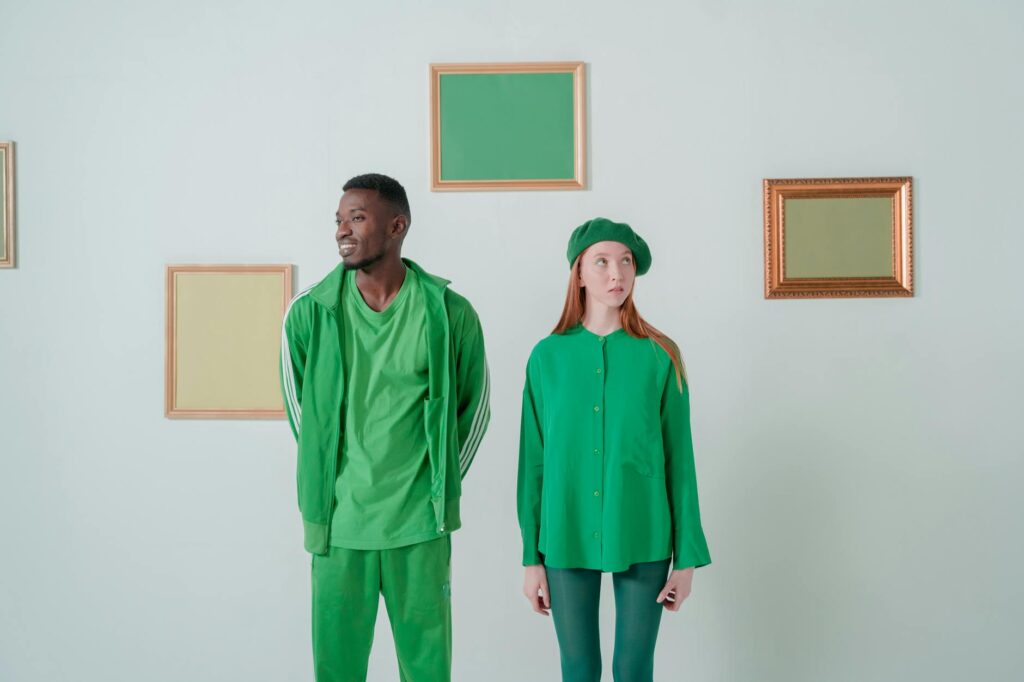Have you ever walked into a space and instantly felt a story unfold? A sense of history, of the lives lived within those walls? That’s the magic of storytelling through design. We’re not just arranging furniture and choosing colors; we’re crafting narratives, weaving tales through textures, shapes, and hues. This post will explore how design can evoke emotion, transmit culture, and bring a space to life.
Understanding the Narrative
Every design choice contributes to a space’s overarching narrative. From the architectural style—a Victorian-era home tells a different story than a minimalist loft—to the smallest decorative elements, each decision adds a layer to the narrative. Consider the materials; rough-hewn wood speaks of rustic charm, while sleek marble projects sophistication. 
Color as a Storytelling Tool
Color psychology plays a crucial role in shaping a space’s narrative. Warm colors like reds and oranges evoke energy and passion, while cool colors like blues and greens create a sense of calm and serenity. The strategic use of color can dramatically shift the mood and tell a very specific story. For instance, a vibrant kitchen might speak of lively gatherings and delicious meals, while a muted bedroom suggests tranquility and relaxation. Learn more about color psychology here.
The Power of Texture and Form
Texture adds another dimension to the story a space tells. The smooth coolness of glass contrasts sharply with the rough warmth of woven textiles. Similarly, the interplay of forms—curved lines versus sharp angles—contributes to the overall narrative. A space filled with organic curves might feel welcoming and nurturing, while sharp, geometric shapes could evoke feelings of modernity and precision. 
Cultural Influences in Design
Design often reflects the cultural heritage of its creators and inhabitants. Think about traditional Japanese architecture with its emphasis on natural materials and minimalist aesthetics, or the ornate detailing of Moroccan design. These cultural influences add layers of depth and meaning to a space, enriching its narrative and connecting it to a wider historical and cultural context. Read more about cultural design elements.
Personalizing the Narrative
Ultimately, the most compelling stories are personal ones. The objects we choose to display—family photos, treasured heirlooms, artwork reflecting our passions—all contribute to the unique narrative of our homes. This is where design moves beyond mere aesthetics and becomes a powerful means of self-expression. Incorporating personal touches makes a space truly reflective of its inhabitants’ stories and experiences.  Find inspiration for personalizing your space.
Find inspiration for personalizing your space.
Conclusion
Storytelling through design is a powerful way to create spaces that resonate on an emotional level. By carefully considering color, texture, form, cultural influences, and personal elements, we can craft environments that tell captivating stories and enrich the lives of those who inhabit them. Check out our design portfolio for more examples.
Frequently Asked Questions
What is the importance of storytelling in interior design? Storytelling in interior design helps create spaces that are not just aesthetically pleasing but also emotionally resonant and meaningful to the occupants. It allows for the creation of a unique and personalized atmosphere.
How can I incorporate personal storytelling into my home design? Incorporate items that reflect your memories, travels, and passions. Display family photos, souvenirs, and artwork that speaks to your personal experiences. This will infuse your space with a unique narrative.
What role do textures play in the storytelling aspect of design? Texture adds another layer to the story a space tells. Smooth surfaces contrast with rough ones, creating a dynamic interplay that adds depth and interest, contributing to the overall narrative.
How does color affect the story a space tells? Color evokes different emotions. Warm colors create energy and vibrancy while cool colors convey calmness. Strategic color use can significantly alter the atmosphere and the story communicated.
Are there any resources to learn more about design storytelling? Yes! You can find numerous online resources, books, and courses on interior design, color psychology, and design principles that will expand your knowledge and understanding of this topic. Explore design blogs and resources online.





